In today’s fast-paced and collaborative environments, traditional goal-setting methods can sometimes fall short.
That’s where the CLEAR method comes into play.
This innovative approach expands upon the well-known SMART goals concept, emphasizing aspects crucial in modern settings: Collaboration, Limitation, Emotional connection, Appreciability, and Refinability.
Let’s delve into how CLEAR goals can be practically applied in various real-life scenarios, demonstrating their versatility and effectiveness.
Transforming Tech Projects: A Collaborative Approach
In the dynamic world of tech startups, project management often demands rapid adaptation and teamwork.
The CLEAR method shines here. For instance, consider a cross-functional team working on a new software feature.
This project is not just a series of tasks; it’s a collaborative endeavor where different departments – engineering, design, and marketing – come together with their unique expertise.
Setting a three-month deadline for the prototype (Limited) keeps the team focused while breaking the project into smaller tasks (Appreciable) makes it manageable.
The key, however, lies in the emotional investment (Emotional) – framing the project as an opportunity for innovation and industry impact.
As the project evolves, feedback and new insights lead to goal refinement (Refinable), showcasing the method’s adaptability.
Goal Breakdown:
- Project Management in a Tech Startup:
- Collaborative: A cross-functional team is formed to develop a new software feature. Team members from engineering, design, and marketing work together to ensure all aspects of the project are covered.
- Limited: The goal is set to complete the prototype within three months, keeping the team focused and driven by a clear deadline.
- Emotional: The project is framed not just as a task, but as an opportunity to innovate and create something that could revolutionize a part of the industry, which excites and motivates the team.
- Appreciable: The larger goal of creating the software is broken down into smaller tasks like design mockups, coding specific modules, and market research, making it more manageable.
- Refinable: As the project progresses, feedback from early testers leads to changes in design and functionality, showing adaptability in goal refinement.
Personal Fitness: A Journey of Collaboration and Adaptation
Personal goals, like training for a half-marathon, also benefit from the CLEAR approach. Imagine partnering with a friend for training.
This collaboration not only brings shared motivation but also a sense of accountability.
Setting a six-month training period (Limited) provides a clear timeline, while the emotional aspect (Emotional) could stem from running in memory of a loved one.
Breaking down the training into smaller, weekly goals (Appreciable) makes the process less daunting. Injuries or life events might require adjustments to the training plan or race date (Refinable), again highlighting the method’s flexibility.
Goal Breakdown:
- Personal Fitness Goals:
- Collaborative: A person teams up with a friend to train for a half-marathon, creating a support system where both encourage and motivate each other.
- Limited: They set a goal to run the half-marathon in six months, giving them a clear timeline for their training regimen.
- Emotional: The goal is tied to personal significance, such as running in memory of a loved one or achieving a lifelong dream, providing a strong emotional drive.
- Appreciable: The training is broken into smaller weekly goals, starting with shorter runs and gradually increasing distance and intensity, making the overall goal less daunting.
- Refinable: If injuries or other life events occur, they adjust their training plan and possibly even the race date, showing flexibility in their approach.
Educational Goals: Fostering Engagement and Flexibility in Learning
In an educational setting, CLEAR goals can revolutionize project-based learning. When students work in groups on a semester-long project, they learn to harness collaborative skills.
The project, chosen based on students’ interests (Emotional), is broken down into stages like research, planning, and execution (Appreciable), making the task more approachable.
A semester-end deadline (Limited) provides a structured timeframe, while the flexibility to refine the project focus (Refinable) as they gain more insights encourages adaptability and critical thinking.
Goal Breakdown:
- Educational Goals in a Classroom:
- Collaborative: Students work in groups on a semester-long project, encouraging collaboration and collective problem-solving.
- Limited: The project has a deadline at the end of the semester, giving students a clear timeframe to work within.
- Emotional: The project is chosen based on students’ interests, such as a real-world issue they are passionate about, fostering a deeper emotional connection to the work.
- Appreciable: The project is broken down into stages (research, planning, execution, presentation), making the process more manageable and less overwhelming.
- Refinable: As students learn more about the subject, they are encouraged to refine their project focus or methods, adapting to new information and insights.
Conclusion: A Framework for Today’s World
The CLEAR method is more than just a goal-setting framework; it’s a philosophy that aligns with today’s need for flexibility, collaboration, and emotional engagement.
Whether it’s in a fast-paced tech startup, personal development, or educational setting, CLEAR goals offer a structured yet adaptable approach.
By fostering collaboration, setting limited and manageable tasks, connecting goals with emotions, and allowing for refinement, this method paves the way for achieving objectives effectively in our ever-changing world.



